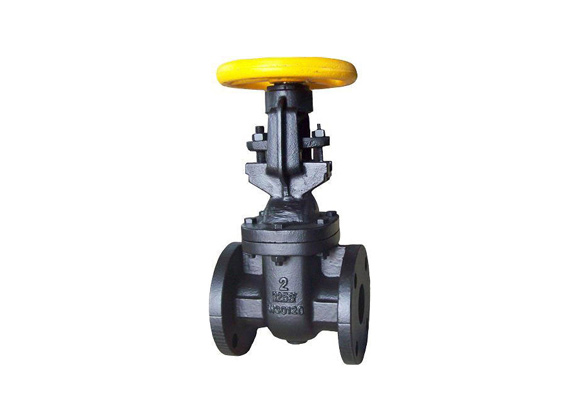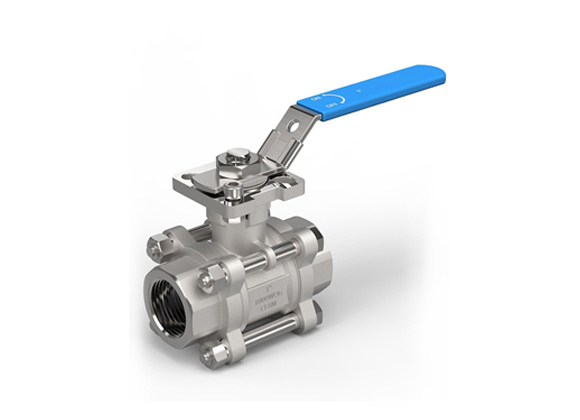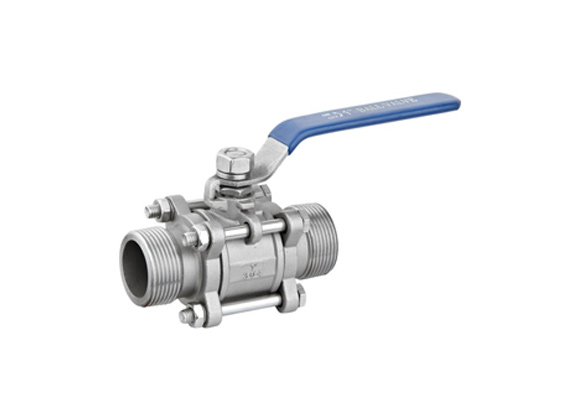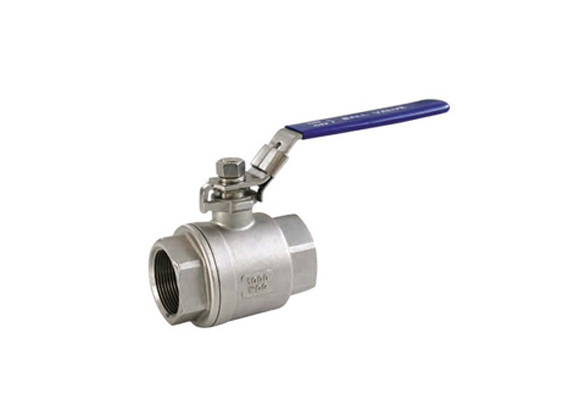(1). Screw rod can be seen on the rising stem gate valve but we can not see the screw rod on the non rising stem gate valve.
(2). The drive thread of the non rising stem gate valve is located inside of the valve body. During the opening and closing process, the valve stem only rotates and the wedge moves up and down in the valve body. The stem of the rising stem gate valve drives the wedge up and down together. The transmission thread is outside the valve body. The opening/closing or position of the gate can be intuitively judged according to the movement direction and position of the valve stem.
(3). The height of the non rising stem gate valve is small. The rising stem gate valve requires a larger installation space.





 Call us on:
Call us on:
 Email Us:
Email Us:
 South of Huanmadian Village Town, Ningjin County, Xingtai, Hebei Province, China
South of Huanmadian Village Town, Ningjin County, Xingtai, Hebei Province, China